Common First Aid Dos and Don’ts

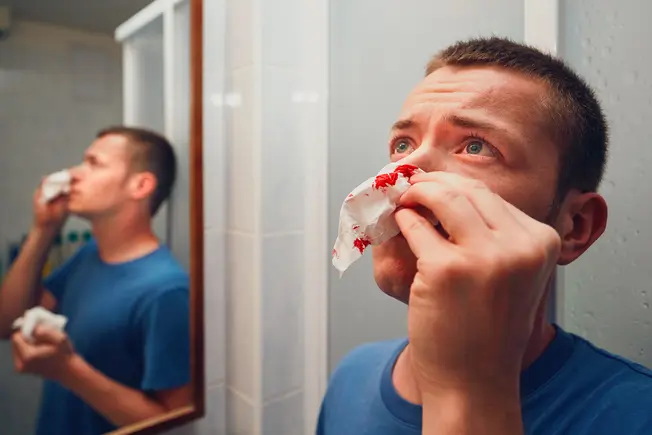
Don’t: Lean Back for Nosebleeds
Tilting your head back sends the blood down your throat, which could irritate your stomach or even choke you. Better to sit down and lean forward just slightly. Don't lie down, and keep your head above your heart to slow the bleeding. Pinch the front of your nose with your thumb and forefinger for 5 minutes. Check if the flow has stopped. Repeat if needed. If your nose is still bleeding after 20 minutes, call your doctor or get medical help.
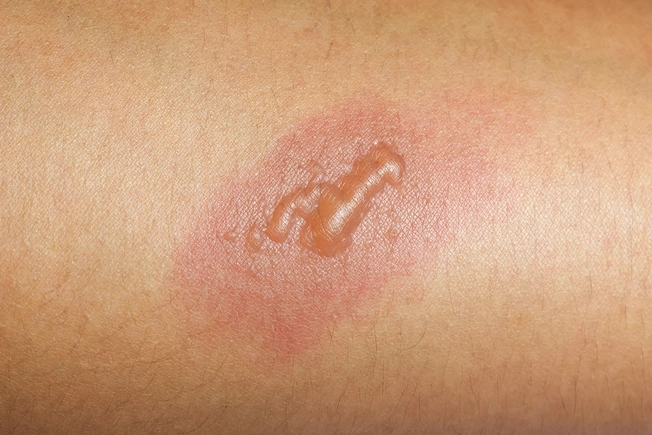
Don’t: Butter Your Burns
Greasy ointments can seal in the heat. Plus, butter or petroleum jelly might help trap bacteria that cause infection. Instead, run cool, not icy, water over your burn for 5-10 minutes and wash gently with soap. Go to your doctor or an urgent care clinic if your burn is bigger than your hand, or if it’s on your hands, face, or private parts.

Do: Put the Tooth Back In
Hold a knocked-out tooth without touching the root. If dirty, quickly rinse in water. Then try to put the tooth back in its gum socket. If you can’t, put it in your mouth next to your cheek or dunk it in milk. Don’t keep it in tap water because it can damage the root. Get to your dentist or to the ER right away. Your chances of saving the tooth is highest within the first 30 minutes.

Don’t: Apply Heat on Frozen Hands
Frostbitten or frozen skin can burn at temperatures that may normally be comfortable. That’s especially true for direct heat from a stove, fire, or a heating pad. Thaw hands or feet in about 100 degree water. It should feel warm, not hot, to a person or a body part that isn’t frozen. Get to a doctor if any part of the skin turns hard and white.
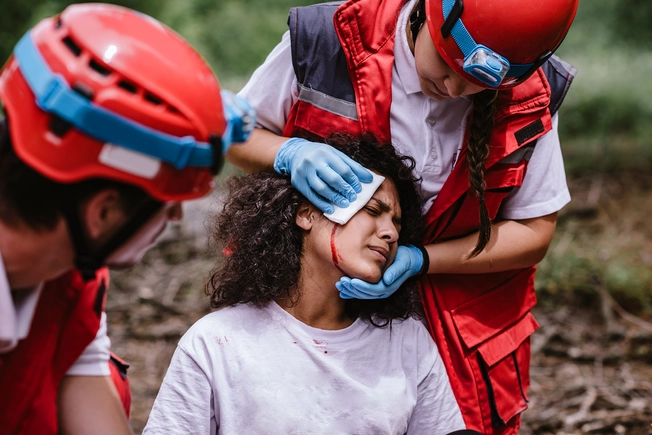
Do: Push Down on Serious Bleeding
Stanch the flow with gauze or sterile cloth over the wound. Use a clean T-shirt or sock if that’s all you have. Raise the injured part to let gravity help slow the bleeding. You can bandage the wound to keep constant pressure on it. See a doctor for care afterward. Get medical care right away if the blood is spurting or if it won’t stop.
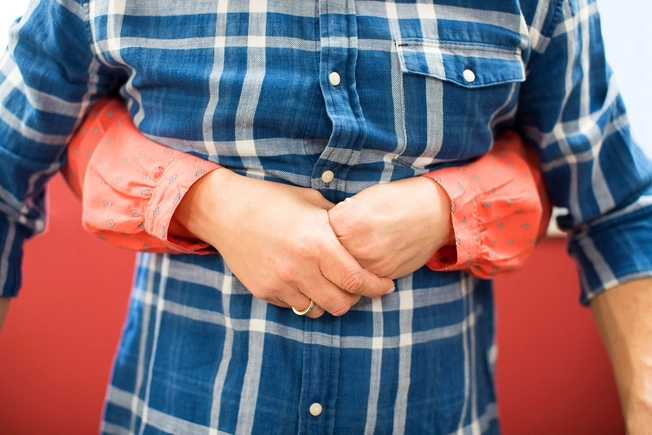
Do: Use the Heimlich for Choking
This maneuver can dislodge food or objects from choking a person’s airway when they can’t talk, cough, or breathe. To do the Heimlich, stand behind the person, put your arms around their waist, and bend them forward. Put your fist just above the belly button, below the rib cage, and close your other hand over it. Give several sharp thrusts in and up until the item pops out.
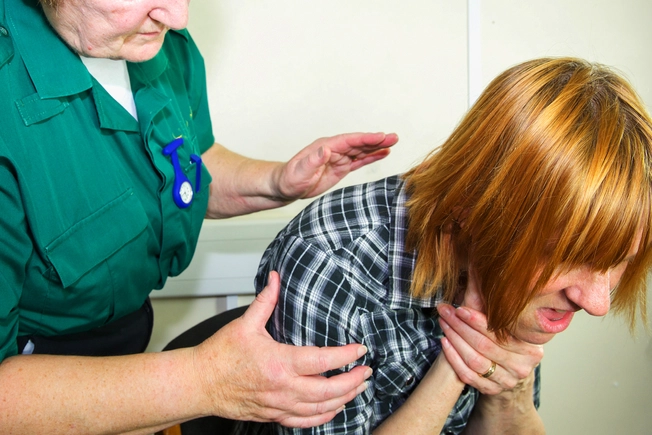
Do: Back Slap for Choking
The Red Cross suggests doing this only if you bend the person forward at the waist and support their chest with your other hand. Strike them between the shoulder blades several times. Then switch to the Heimlich maneuver and alternate until the food pops out. Never strike a choking person on the back if they’re standing upright. That could actually send the food farther down their windpipe.
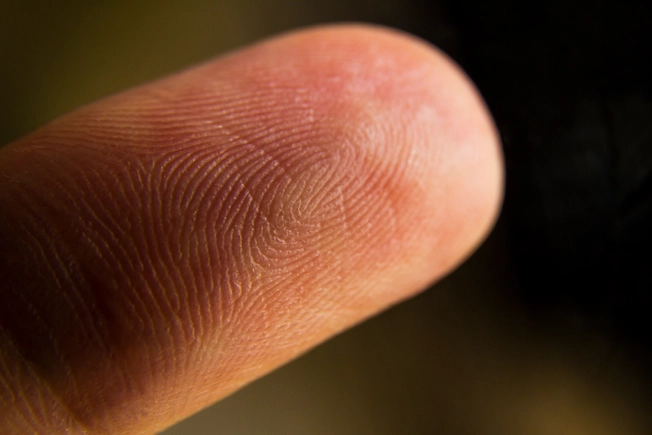
Do: Keep a Severed Finger
Clean the fingertip with water or, better yet, sterile saline solution or even contact lens solution. Then cover the digit in damp gauze and put it in a watertight bag on ice. Take care that the fingertip doesn’t touch the ice directly, which could further damage it.
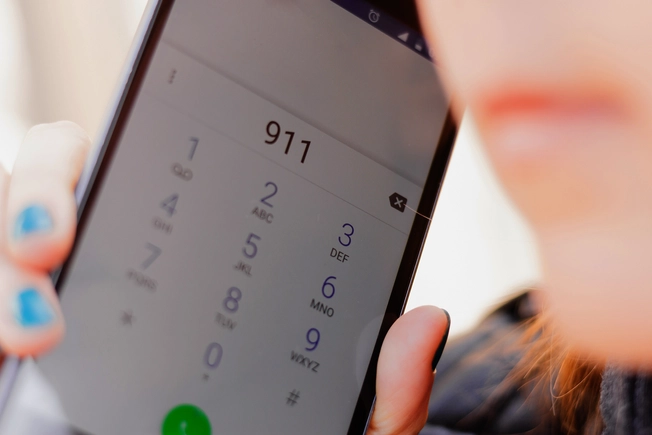
Don’t: Take Ipecac for Poisoning
Syrup of ipecac will make you throw up what’s in your stomach. But that doesn’t seem to get rid of the poison. Ipecac itself can be unsafe with certain poisons or for some people with medical problems. If you’ve swallowed something dangerous, call 911 or contact poison control online at webpoisoncontrol.org or the hotline at 800-222-1222.

Don’t: Remove Deeply Stuck Objects
You can probably take out a splinter on your own. But if a needle, fishhook, pencil, or something else is stuck deep in your skin, it’s best to let your doctor remove it. If the site is sore, red, or if you suspect it’s infected, get medical help. In the meantime, stop any serious bleeding by pressing on the wound and carefully bandage it. Take care not to push down the embedded object even deeper.
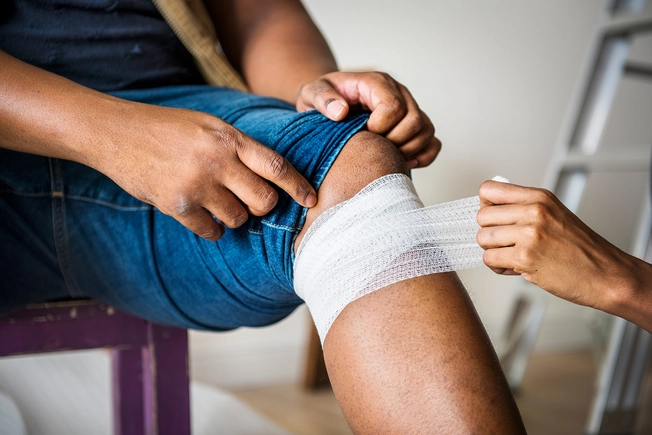
Don’t: Remove Gauze on Deep Wounds
Even if the cloth is blood soaked, it’s better to leave it and to add more gauze on top and keep up direct pressure on the wound. Taking off the dressing could disturb the blood clots that help seal the bleeding. This is especially important if you’re trying to stop the blood flow on a new wound.
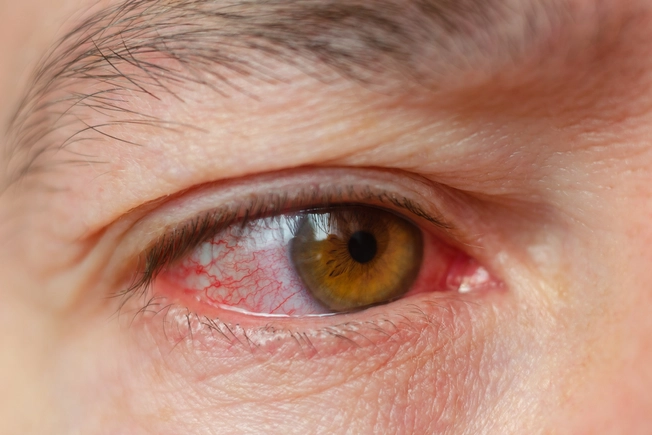
Don’t: Rub an Injured Eye
If something feels stuck in your eye, blink to try to flush it out. You can also rinse with saline or contact solution or tap water. But if you think your eye is cut or punctured, or if something is clearly sticking out of it, get to a doctor right away. Don’t attempt to pull out an object or use any medication. If necessary, tape the bottom of a paper cup around the eye to protect it.
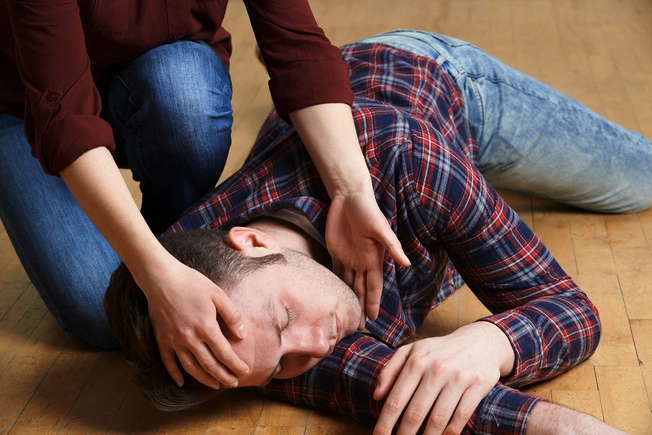
Do: Roll an Unconscious Person on Their Side
Then gently tilt their head back. This helps keep the tongue out of the way of the airway so they can breathe. This “recovery position” lets blood and vomit drain out of the mouth. Don’t try this if the person may have injured their spine or neck, such as after a car crash. With infants, put them face down over your arm and support their neck and head with your hand. Just be sure to keep clear of the nose and mouth. Call 911.